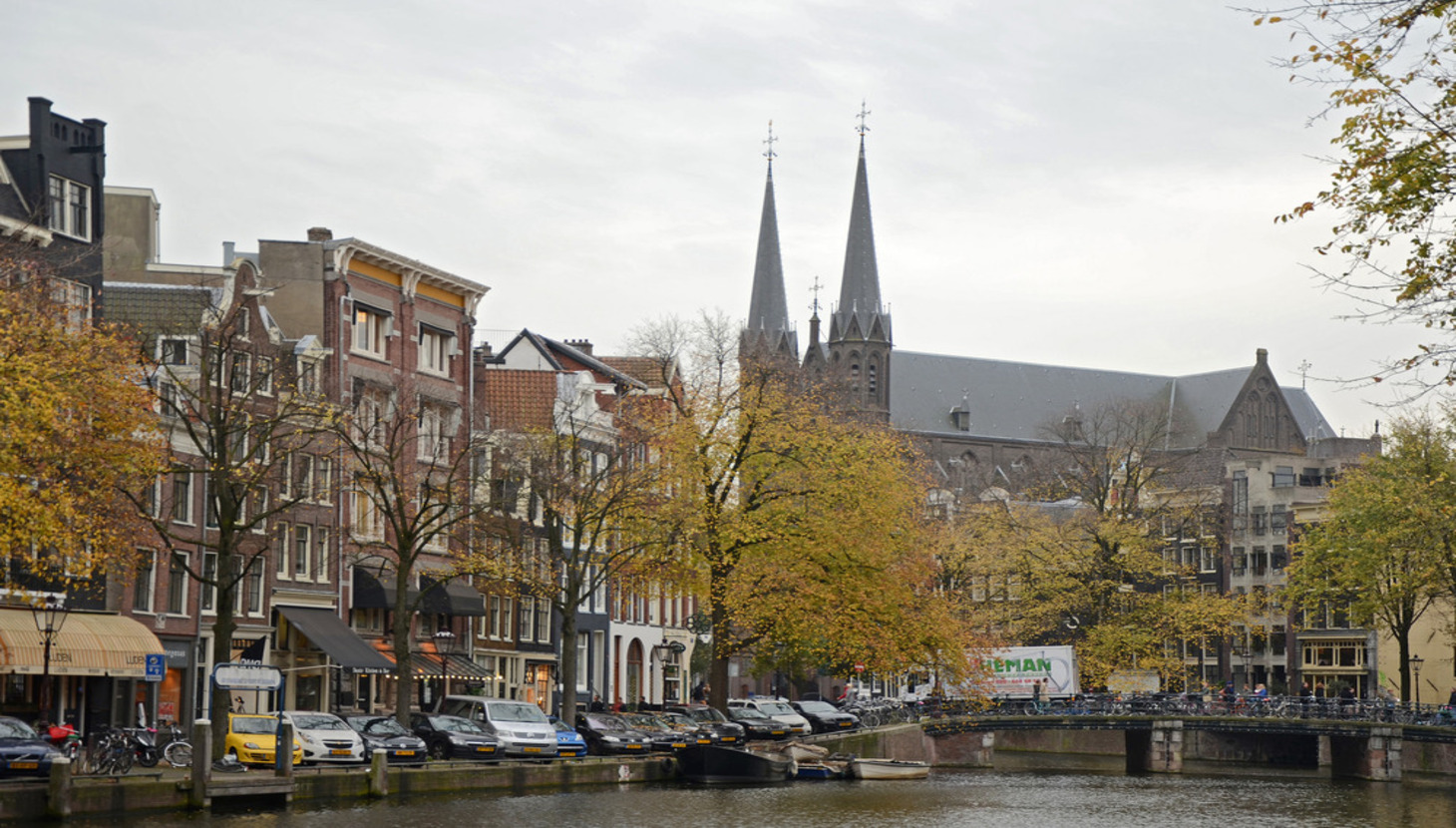
The Urbanism Awards 2008
Assessment Report Summary
Award Category: City
Nomination Name: Amsterdam
The assessment team was shown a well-managed city that has both a proud tradition of urban planning and huge ambition for the future. Largely reclaimed from the sea there has always needed to be a strong element of control over the way in which the city develops and operates. This control continues today with the City Council exerting considerable powers through planning and land ownership. Such power could be abused and in the past mistakes have been made. Today, however, the city engages actively with both local communities and interest groups to harness the energy and enthusiasm and ensure that within the limits imposed by a strong planning and design tradition individual needs and aspirations can be met. With a radical tradition, the city seeks innovative solutions to the challenges it faces. It co-opts the energies of squatter and artistic communities to act as urban pioneers to help create interest in emerging locations. It is harnessing the power of cultural activities to bring new life to the waterfront and regenerate former dockland areas.
Of course this is a city with a unique relationship with water. The management and control of water determines urban plan and form even today when land reclamation continues and the city seeks to reconnect with the Ij waterfront. The result is a character and distinctiveness that is unmistakably Dutch with a strong emphasis on rigid street plans and architectural uniformity in the modernist tradition. Within these constraints individual expression can be muted but the result has a strong harmony and sense of purpose. Perhaps more could be done however with the spaces around and between the buildings although frequently this is occupied by water.
Amsterdam has a dynamic economy and is seeking to promote itself as a competitive location for international business focusing new development on the Ij waterfront and in South Amsterdam. It also faces a substantial challenge in seeking to accommodate more housing for the people who want to live in the city. Here the emphasis is more upon infrastructure and buildings than upon the public realm although there is significant investment taking place in creating and regenerating green spaces within the city fabric. The city recognizes the need to make special efforts to provide opportunities for disadvantaged communities and has developed innovative approaches to engaging with marginalised groups. It is a city that cares for people.
Amsterdam exists despite the environment. Its history has been one of controlling nature rather than living in harmony with it. Reclamation continues today but new ways are being sought to find a different balance with the natural environment through innovative design. Indeed the city is now seeking to reconnect with its waterfront and undergoing a major process of change involving the reuse of former port land. Socially the city is seeking to develop new mix communities and address areas of disadvantage often through active community engagement.
Amsterdam is a compact city that offers good infrastructure and contains an appropriate balance and mix of uses from the historic city core to its residential neighbourhoods. The city demonstrates the effective use of the bicycle as a viable and sustainable form of urban transport. Amsterdam is undoubtedly a city that works for its residents, businesses and visitors.